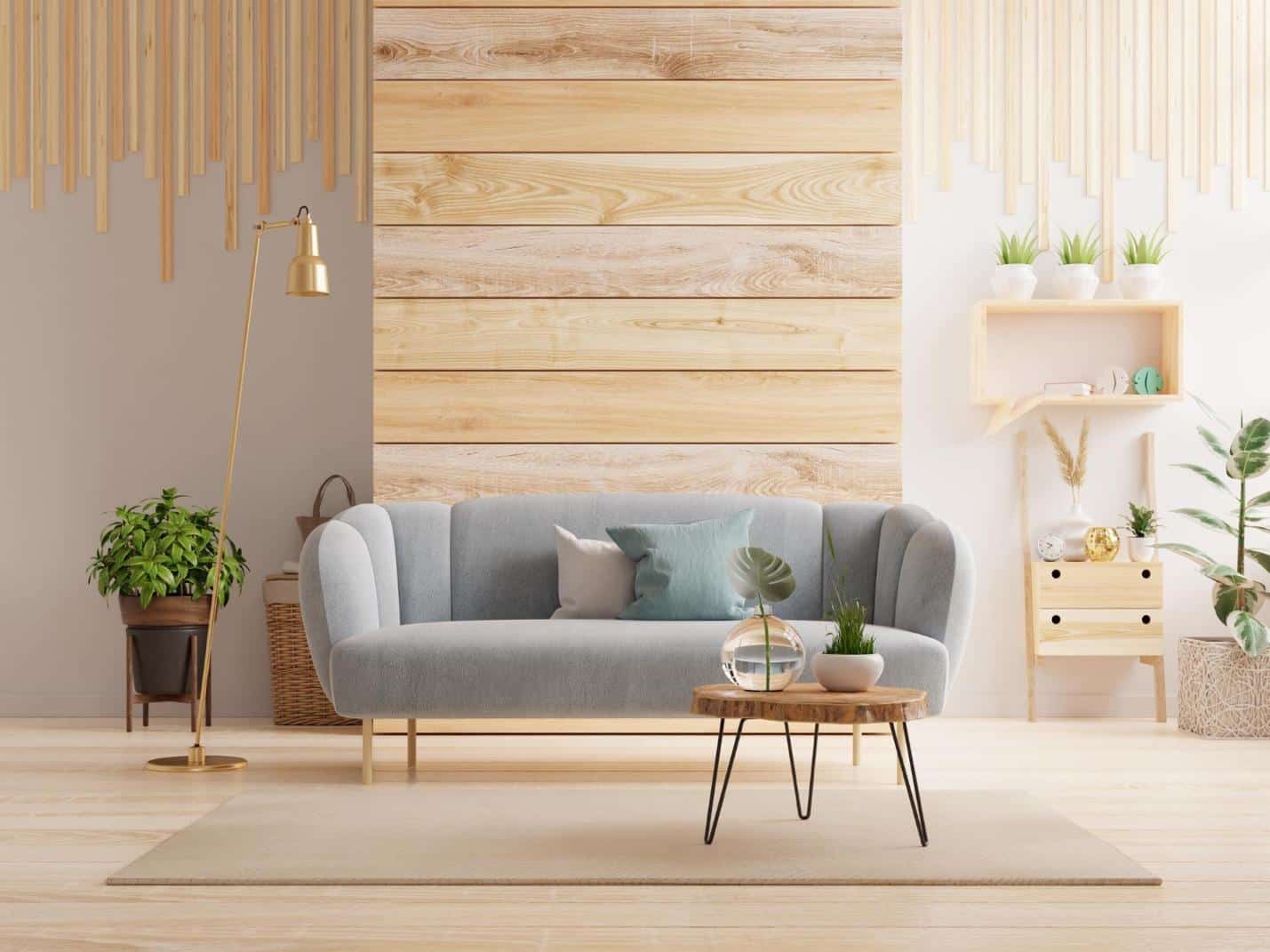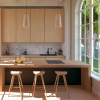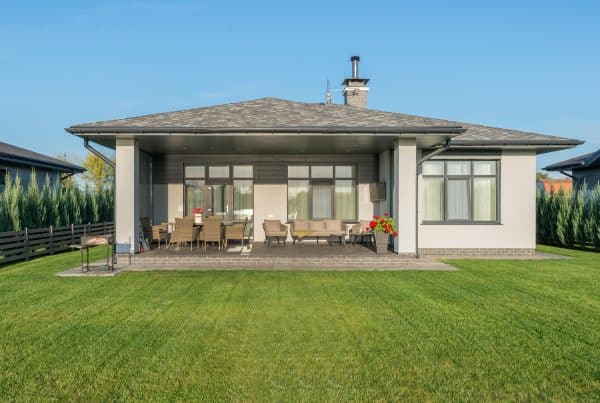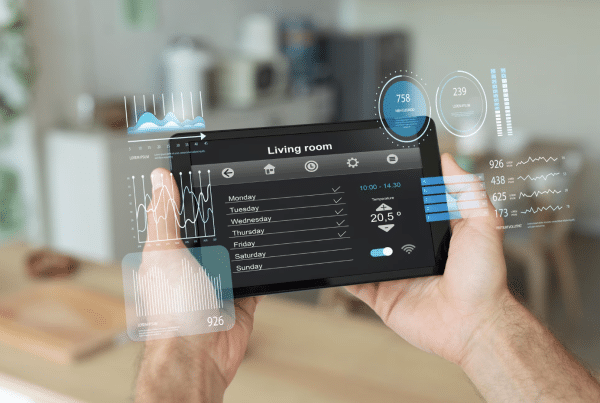The way you decorate your home often reflects your personality and style. But when your home has limited space, it can take time to find the right solutions while allowing your style to shine through.
Fortunately, living in a small space doesn’t require you to compromise style for functionality. Implementing the right strategies to organize and decorate your home can help maximize space in each room.
Limited space can either make your home feel cozy and inviting or cluttered and uncomfortable. If it’s the latter, it might be time to make some changes to make the most of your square footage. Consider the following strategies to transform your home into a functional yet stylish and welcoming space.
1. Declutter Every Corner
The first step to maximizing space in any room is decluttering the area. If you have too many things cramped in one area, the space will naturally seem a lot smaller than it is. In addition to influencing the room’s aesthetics, clutter can disrupt your mental health.
Clutter can result in low subjective well-being and less efficient thinking. Another surprising effect of clutter is that it can result in unhealthier eating habits.
Psychology Today refers to a study which found that “people will actually eat more cookies and snacks if the environment in which they’re offered a choice of foods is chaotic, and they’re led to feel stressed.”
Take your time to discard items you don’t need and strategically store items away from sight. If you have items you don’t need regularly, consider storing them in a closet or garage. Another great way to remove visual clutter is by investing in furniture that doubles as storage.
This will prevent you from shoving everything inside a closet and having access to items you may need frequently. Ottomans for living rooms and beds with built-in storage are great places to start.
2. Create Zones to Separate Areas
When you have limited space, the same room may perform multiple functions. For instance, you might relax and watch TV in the same room where you dine. So, it’s important to make the same room feel and look “separate” to create an illusion of a larger space.
The best way to separate the areas and create zones is by using area rugs. The edges of each rug can offer a visual cue about where one area stops and another begins.
Another way to create a zone is by placing your furniture in the middle of the room to divide the space. If you want to separate a living and dining room, place the sofa in the middle and put the back towards the dining area where you place the dining table.
3. Be Strategic with Furniture
Your furniture, such as the couch, coffee table, and dining table, will likely take up the most space in your home. However, these elements are essential, so you cannot remove them, but you can be strategic with your choice and placement.
Consider switching to multifunctional furniture, such as a space saving dining table that allows you to customize the furniture based on your needs. Along with adding elegance to your space, it also can declutter your home.
A multifunctional dining table typically offers users the option to expand its size from as small as an entrance console all the way to a banquet table suitable for 12. If you need something in between, such as a coffee table, you can adjust the panels and shrink or expand the table. The adjustable panels allow you to replace several pieces of furniture with a single piece that fulfills multiple roles.
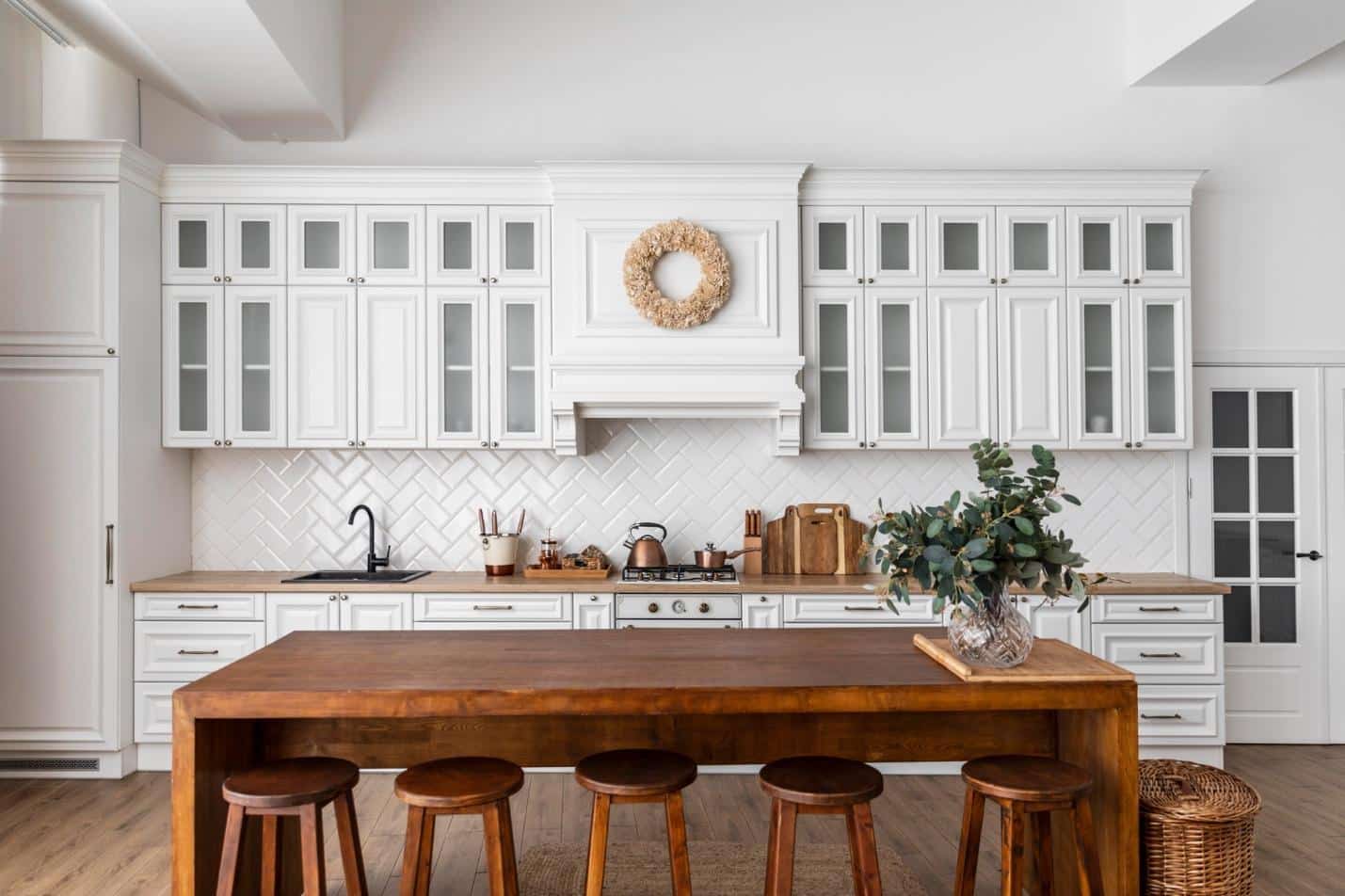
4. Get Creative with Storage
Locate small unused areas in your home and find a storage solution for each room. You can either build storage cabinets in a functional area or look for alternative solutions, such as over-the-door hangers and wall shelves.
Identify storage space in your home by analyzing what goes on in each area. You will likely notice awkward spaces in corners of your home or unused baskets that could be utilized for storage. For example, is there a small closet near your front door where you shove unessential items?
Consider adding a vertical shoe holder in the space. Or, if you have space above your living room couch or kitchen walls, add some floating shelves and start filling them up.
5. Utilize Wall Space
If you have a lot of empty walls in your home, there are ways you can leverage them to serve a meaningful purpose. For instance, an empty wall in the corner of a home can be turned into a floating desk. This allows you to create a working space without too much floor space. The only thing on the floor will be your chair, which can take up less space if you choose strategically.
Another way to utilize wall space is by adding shelves and hooks in the kitchen. Using all racks and hooks will reduce clutter from different parts of your home as you can place coffee mugs, utensils, and other essential elements on them.
Decorating a home with limited space may be challenging, especially if you cannot find the best ways for your design to reflect your style. But the right strategies can help you make the most of limited space. Using this guide can help you prioritize both style and functionality!

